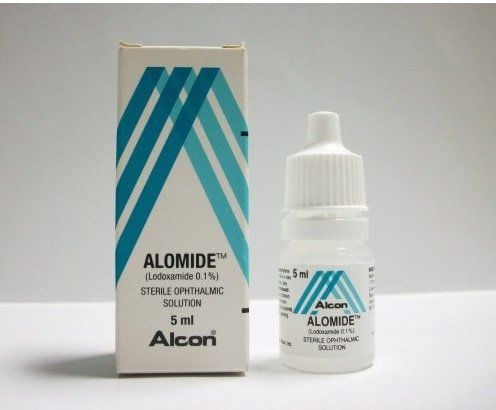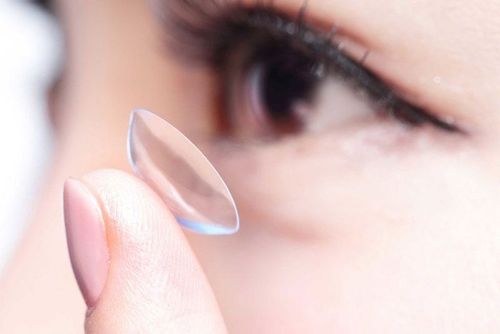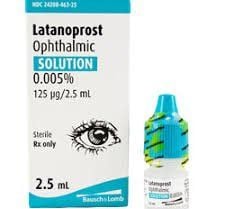This is an automatically translated article.
The article was professionally consulted by Specialist Doctor II Nguyen Thai Hung - Department of Medical Examination & Internal Medicine - Vinmec Danang International Hospital. Specialist II Nguyen Thai Hung has 13 years of experience as a doctor treating eye diseases.Glaucoma is a disease caused by pressure in the eyeball. The disease, if not detected and treated promptly, will cause damage to the optic nerve and can lead to blindness.
1. What is Glaucoma?
It's a condition that can damage the optic nerve, usually from excessive pressure on the eye. The optic nerve does an important job, sending signals from the eye to the brain, turning them into visible images. When the optic nerve is not working properly, you will have problems with your vision and possibly even vision loss.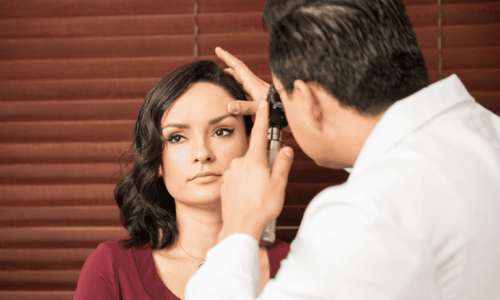
2. What is the cause of glaucoma?
The eyes produce a fluid to wash and nourish the tissues in them. Normally the liquid flows through a channel called the outlet angle (anterior chamber angle). When you have glaucoma, this channel won't work as well. Fluid stagnates and causes pressure to build up inside the eye.3. Who gets glaucoma?
People are more likely to develop glaucoma if a parent, sibling, or close family member has glaucoma. Your risk of glaucoma is higher if you are over 40 years old, are African-American or Hispanic, or because of conditions such as:High pressure in the eye Eye injury or surgery Thin cornea (layer) clear eyes) Diabetes, high blood pressure or heart disease problems with your optic nerve Using steroid eye drops or eye medication
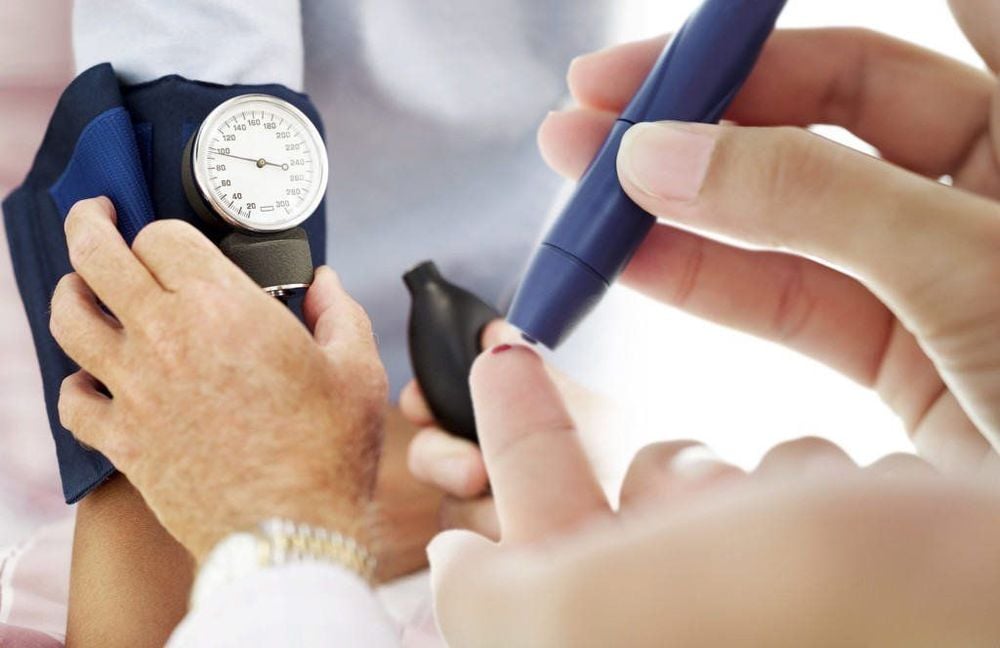
4. Types of Glaucoma
4.1 Opening angle
There are 4 main types of glaucoma. The most common is open-angle glaucoma, which affects about 90% of people with the condition. It is called the "open angle" because the outlet angle (anterior chamber angle) remains open, obstructed inside the drainage tubes. This type comes on slowly you may not notice any symptoms at first.4.2 Closing angle
This type comes on quickly and requires urgent medical intervention. It usually occurs in people with a narrow outlet angle (anterior chamber angle), sometimes completely closed this prevents fluid (aqueous) from draining out of the eye, causing pressure inside the eye to increase rapidly. If you have severe eye pain, headache, nausea, or vision loss, get medical help right away to prevent blindness. You will likely need surgery to open the drainage canal.4.3 Normal stress
If you have this type of glaucoma, the pressure in your eye is normal, but you still have optic nerve damage. Doctors aren't entirely sure why. One possibility is that you are extremely sensitive to a slight increase in eye pressure. Or it could be low blood flow causing damage to the optic nerve. Your doctor may recommend a treatment that keeps your eye pressure lower than normal.4.4 Congenital
This is a rare form of the disease that affects young children. It occurs when the drainage channels in the eye do not develop properly in the womb. Your baby's eyes may be cloudy and look larger than usual. Surgery can fix the problem. Most babies treated early will have normal vision throughout life.
5. What are the symptoms?
Because open-angle and normal-tension glaucoma occurs gradually, symptoms may not appear until the disease is advanced. Without treatment, you will gradually lose your peripheral vision (narrowing of the field of vision).6. Tests for Glaucoma
Regular eye exams are the best way to detect glaucoma early. Your doctor will do some or all of the following:Tonometry: measure the pressure inside your eye Vision test: Check your vision Measure the thickness of your cornea Ophthalmoscopy to check your head optic nerve Photograph of the optic nerve Anterior chamber angle: Check the drainage angle in the eye.

7. Glaucoma Treatment Methods
7.1 Drug intervention
Your doctor will likely recommend eye drops or oral medications to control glaucoma. Doctors will intervene to reduce pressure in the eye. Treat every day to control eye disease. Tell your doctor if you have side effects, such as burning, stinging, and red eyes.7.2 Laser surgery
Your doctor may do a procedure called laser trabeculoplasty to treat open-angle glaucoma or a peripheral laser iridotomy for narrow-angle or closed-angle glaucoma. The eye will be numbed with eye drops and then a laser beam will be used to create small holes in the iris, or raft, to help the fluid drain. Usually doctors treat one eye at a time. Laser surgery can reduce pressure in the eye, but the effect may not be long-lasting. Sometimes surgery is needed for better and longer lasting results.7.3 Surgery
If drug and laser treatments do not reduce eye pressure enough, your doctor may recommend surgery. The doctor will create a tunnel between the eye and the outside of the eye to allow more fluid to drain out. About half of the people who have this surgery don't need glaucoma medication anymore. However, you still have to have regular check-ups after surgery because it is still possible to have it again.
8. Protect your vision
About half of people with glaucoma are unaware of their condition. To prevent vision loss, learn about your family history and other risks. Get regular eye exams at least every 1 to 2 years. If your doctor tells you that you have glaucoma, follow treatment instructions carefully and tell your doctor about any change in your vision right away.Eye drops, Lasers, surgery and other treatments can help you control glaucoma and prevent vision loss. You will need to keep up with treatment throughout your life to keep eye pressure under control. You will need to see your doctor for checkups a few times a year.
Vinmec International General Hospital is one of the hospitals that not only ensures professional quality with a team of leading medical doctors, modern equipment and technology, but also stands out for its examination and consultation services. comprehensive and professional medical consultation and treatment; civilized, polite, safe and sterile medical examination and treatment space.
Reference article source: webmd.com
Please dial HOTLINE for more information or register for an appointment HERE. Download MyVinmec app to make appointments faster and to manage your bookings easily.





